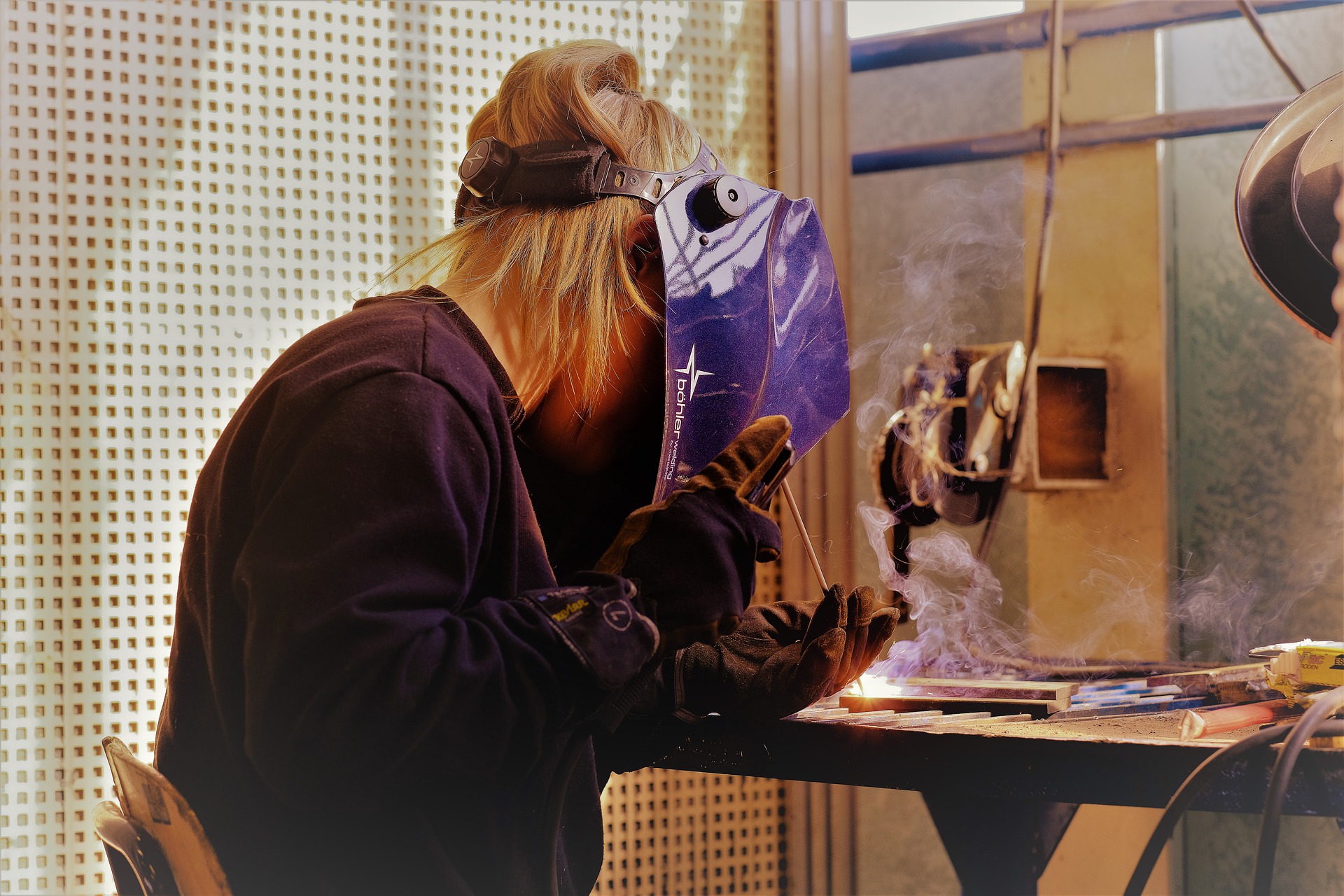5 Ways CTE Incorporates Universal Design for Learning (UDL)
Universal Design for Learning (UDL) is often inherently employed by CTE instructors in their classrooms, which offers lessons for all educators.

Career and technical education (CTE) instructors frequently incorporate principles of Universal Design for Learning (UDL) without necessarily realizing it.
That’s because coming from the industry sector, these educators inherently value practicality and students with different skill sets, say Dr. Amanda Bastoni and Dr. Luis Pérez. Bastoni is a research scientist and Pérez is a technical assistance specialist at CAST, the nonprofit education research and development organization that created the Universal Design for Learning framework and UDL Guidelines.
“CTE teachers are structuring their classrooms differently, and they're naturally using UDL, and they're naturally using strategies that research tells us are our best practices in learning,” Bastoni says.
As such, CTE teachers can frequently provide examples that teachers of any subject can learn from and use themselves.
1. CTE Classes Are Hands-On
In CTE classes ranging from STEM courses to cooking and cosmetology, you don’t learn skills in the abstract. “You practice the skill to create a product to then use the product to achieve something, and it's sort of an apprenticeship model,” Bastoni says. “We have these teachers coming from industry and teaching in this really unique way that we don't necessarily teach if we've gone from kindergarten to high school to college to be a teacher. In UDL, we say, ‘Bring relevance to the learning.’ They bring authenticity, they bring some really key components of engagement. They're giving the students more autonomy. Students are working on the car themselves, not just watching someone else work on the car.”
2. CTE Teachers Are Often Compelling Role Models
CTE teachers frequently come from non-academic backgrounds and, as such, can serve as successful case studies for students who don’t necessarily connect with traditional academic subjects. “Often, the traditional schooling model didn't work for them, but they found a different path, and that worked for them,” Pérez says of CTE teachers. “Now they're going back and giving back to education.”
These mechanics, chefs, welders, etc. help diversify the teaching profession and inspire students to apply themselves to various topics outside of academic classes, and continue their education. “The more people from industry, people with disabilities, people from other historically marginalized communities, can come back and serve as role models, then the more that we increase the chances that students will stick with it,” Pérez says.
Tools and ideas to transform education. Sign up below.
3. CTE Classes Don’t Rely on Writing Alone
CTE classes often feature assignments and assessments that are more varied than a non-CTE classroom, which is another tenet of UDL. “You should be able to demonstrate your knowledge in a variety of ways,” Pérez says. “It doesn't always have to be by writing, you can demonstrate that you can develop a circuit, or create a circuit by taking a picture of it, and uploading it, or record a video that shows you actually putting a practice in action.”
These more flexible assignments encourage student success. “There are different ways of knowing and demonstrating knowledge,” Pérez says. “That's really validating for learners. Whereas the message from most of education is, ‘If you can't do it this way, you're a failure.’ You're not a failure, it's just that you need to do it a different way.”
4. CTE Classes Have Goal-Aligned Assessments
The tasks behind CTE course assessments are often closely aligned around professional expectations that are clear to students.
“I'm not just asking you to learn to do this because it's in this textbook. We're setting this goal because you want to go out and become a mechanic or you want to go out and become a chef,” Bastoni says. “Assessments in CTE are really skill-based, which is nice for a lot of kids.”
Once again, this opens the door to different kinds of success for students. “You can be a struggling reader and be a great chef,” Bastoni says. “You can struggle with math and be a really excellent plumber and make more money than an accountant. It offers validity to different people's different modalities for showing what they know and for engaging with the learning.”
5. CTE Classes Teach Students How to Learn
CTE programs have advisory boards with experts from various fields who help keep the programs up to date. Since CTE teachers often come from rapidly evolving tech industries, they frequently embrace the concept of teaching students how to learn.
“In UDL the goal is to develop expert learners who are good at learning, not good at knowing,” Pérez says. “If we're going to have a well-prepared workforce not for the 21st century but for all centuries coming up, then we definitely want to focus on developing expert learners, that's our goal.”
This taps into developing a growth mindset, as well as critical thinking and flexibility. “Going through a program and coming out of it with a solid knowledge base is not enough,” says Pérez. “It's knowing how to learn, and being a good learner. That's what's going to keep you being successful in a career that's evolving all the time.”
Erik Ofgang is a Tech & Learning contributor. A journalist, author and educator, his work has appeared in The New York Times, the Washington Post, the Smithsonian, The Atlantic, and Associated Press. He currently teaches at Western Connecticut State University’s MFA program. While a staff writer at Connecticut Magazine he won a Society of Professional Journalism Award for his education reporting. He is interested in how humans learn and how technology can make that more effective.

